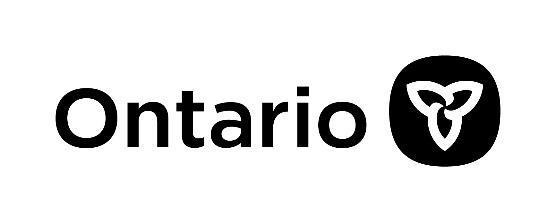What is OYAP?
- The Ontario Youth Apprenticeship Program (OYAP) is a Cooperative Education experience in a skilled trade placement
- Students learn skilled trade competencies and earn high school credits
- Co-op students in a skilled trade placements become OYAP Participants when they sign and return an OYAP Participant Application Form to their co-op teacher
- An OYAP participant may become a registered Apprentice
What is Cooperative Education?
Cooperative Education (co-op) allows students to “test drive” a career and earn high school credits based on in class learning at an in-person community placement.
Co-op students will:
- Interview for a placement and will learn at the placement two to four periods a day
- Create a Cooperative Education Learning Plan and if in a skilled trade placement may include competencies from a trade’s Apprenticeship Training Standards log book
- Complete pre-placement curriculum and integration learning activities usually at their home school
What is Apprenticeship?
Apprenticeship is an education and training post-secondary pathway. It’s for people who enjoy
learning by doing and who want to work in the skilled trades. Training standards are followed to
ensure the apprentice becomes skilled in that trade.
Apprentices learn a skilled trade on the job. They work with and learn from experienced workers,
and get paid while they do it.
- 90% of apprenticeship is hands-on provided by employers at a work site
- 10% of apprenticeship is in school at an approved training centre such as a union hall or college
- 3- 6 years is the average time to complete an apprenticeship
How to Qualify for OYAP
- be at least 15 years old with at least 14 credits
- be enrolled in high school Co-op
- Must demonstrate a commitment to learning a skilled trade
- Be mature, dependable and punctual
- Be willing to meet cooperative education and employer expectations
OYAP Benefits for Students
- Explore the skilled trades and consider becoming a registered apprentice
- Earn credits towards a high school diploma and build a network for future employment
- Increase safety awareness, get to know a skilled trade work environment and record skills/hours for employability in a trade
- have a client number in the Ministry’s apprenticeship database as an OYAP Participant or as a Registered Apprentice for a smooth transition from school to work
OYAP Benefits for Employers
- Matches an employer with a student willing to learn who is WSIB covered by the Ministry of Education and comes with no cost to the employer
- Provides a mentoring opportunity for an experienced employee to train a high school student who may become a valuable employee
- Allows an employer to sponsor an a student as a Registered Apprentice with no impact to their journeyperson to apprentice ratio
- Gives the employers options to:
- end the agreement at any time...
- sponsor the student as an apprentice at any time during the placement or not...
- hire the student/apprentice at the end of the placement.
BECOMING A REGISTERED APPRENTICE
Through OYAP a student may become a registered apprentice with the Ministry. Here’s how.
From OYAP Participant to Apprentice
A student who wants to start an apprenticeship will:
- talk to the co-op employer, parent/guardian and co-op teacher to determine if becoming a registered apprentice is possible during the co-op placement
- complete the OYAP Request to Register Form if the employer agrees to sponsorship during the co-op placement and bring it to the co-op teacher
- get the Training Agreement signed (usually 3 copies) by student, employer, parent/guardian (if under 18) and witness, which can be the co-op teacher
- learn and practice skills to fulfill competency requirements outlined in the trade Apprenticeship Training Standard log book
- talk to their Ministry Employment Training Consultant (ETC) after graduation to learn about next steps
How Does a Student Apply for OYAP?
Students who are interested in OYAP are asked to:
- Speak with their guidance counsellor
- Register with a cooperative education program to access the OYAP option.
For more information about OYAP and for frequently asked questions please visit: https://www.oyappajo.com/frequently-asked-questions/ or contact your school guidance counsellor, cooperative education teacher or OYAP/COOP/PATHWAYS Board lead teacher - name to be confirmed soon.
The Ontario Youth Apprenticeship Program (OYAP) is an Employment Ontario program and is funded by the Government of Ontario.



